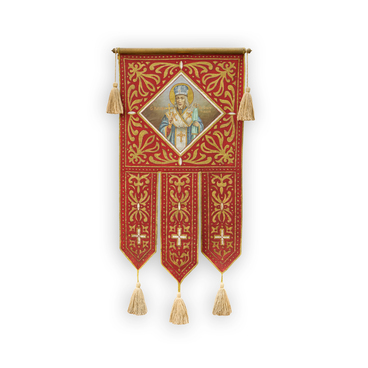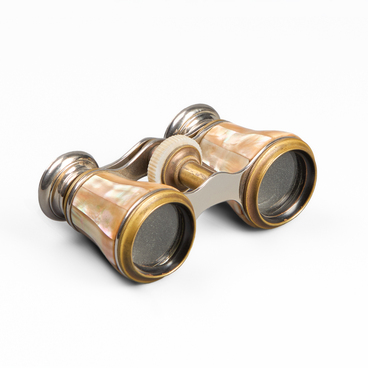For many centuries, rooms were lit with candles. Therefore, candlesticks and candelabra were essential household items in any home.
Over the years, the appearance of candlesticks and the materials from which they were made changed. The candles themselves also evolved. The first candles were made of tallow. Later, wax, stearin and paraffin candles appeared, which burned longer and produced less soot and smoke.
Wood, bone, glass and porcelain were used to make candlesticks. However, metal candlesticks were the most durable and fire-resistant. From the 18th century, candlesticks and candelabra made of ferrous metals became common, which expanded the scope of their application. Beautiful candlesticks became accessible to citizens of modest means, and also began to be used to illuminate streets, squares, and halls.
This period also marked the beginning of the era of decorative forging from cast bronze. The appearance of the candlesticks was easily adapted to any style — Empire, Rococo, Art Nouveau. Candlesticks became more elaborate, decorated with flowers and leaves. Alongside artistic, refined candlesticks, strict, classical ones were also made.
This candlestick is primarily interesting not only as a monument of a bygone era, but also a memorial object. It belonged to the Rayevsky family, an old noble lineage connected with the Belgorod region.
Among the notable representatives of the family was Vladimir Fedoseevich Rayevsky, the “first Decembrist, ” poet, and participant in the war of 1812. He was born in the settlement of Khvorostyanka, Starooskolsky district, Kursk province (now the village of Bogoslovka in Gubkinsky urban district, Belgorod region).
In 1820, Rayevsky was transferred to Kishinev, where he became friends with the exiled poet Alexander Sergeevich Pushkin. During these years, Rayevsky’s talent as a publicist and a theorist of the Decembrist movement flourished.
As a member of the secret society “Union of Prosperity, ” in 1822 Vladimir Fedoseevich was arrested on charges of revolutionary agitation and imprisoned in the Tiraspol fortress. After spending almost six years in captivity, he was exiled to Siberia, to the village of Olonki, Irkutsk province, where he continued his pedagogical and educational activities.
There is a museum named after Vladimir Fedoseevich
Rayevsky in the village of Bogoslovka, Gubkin city district, in a house
belonging to a cousin of Vladimir Fedoseevich Rayevsky.


